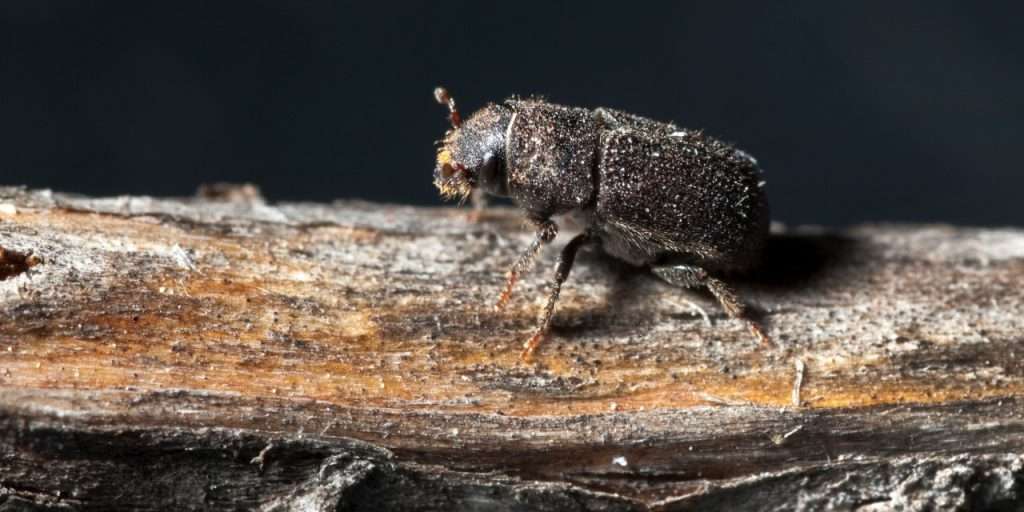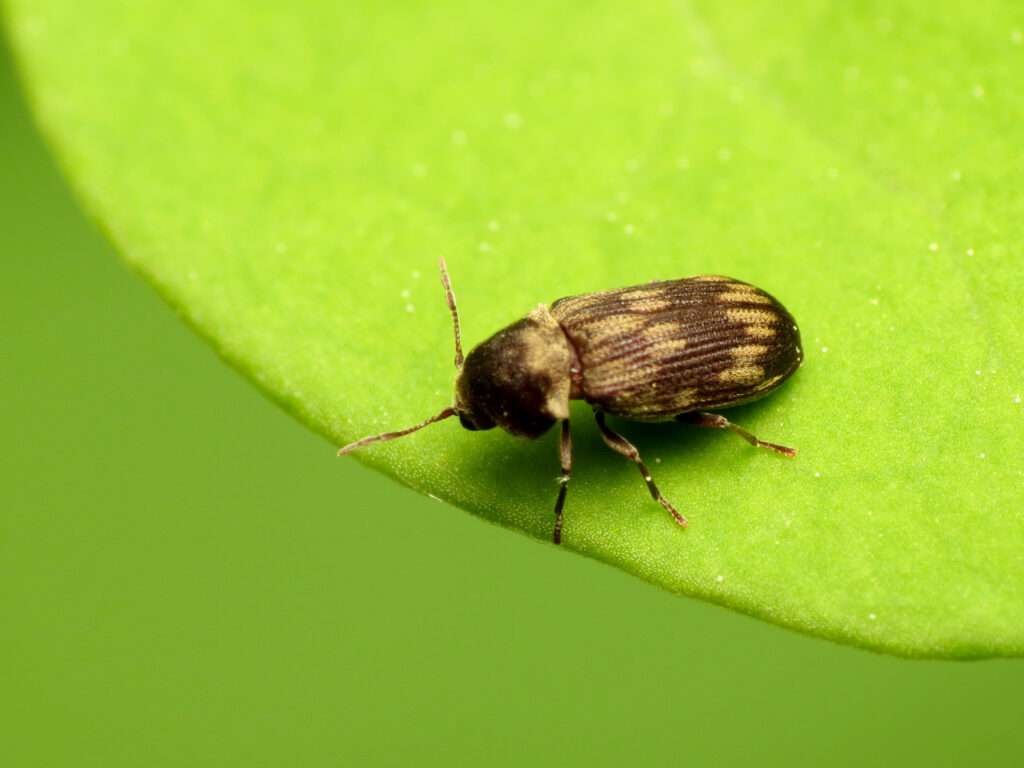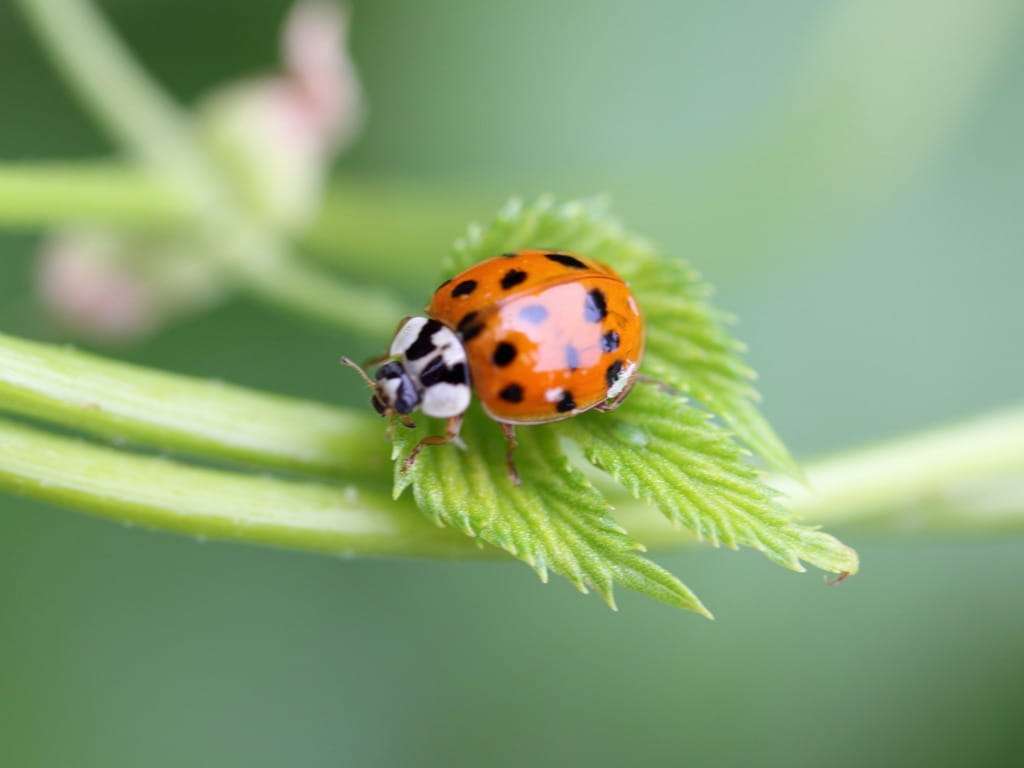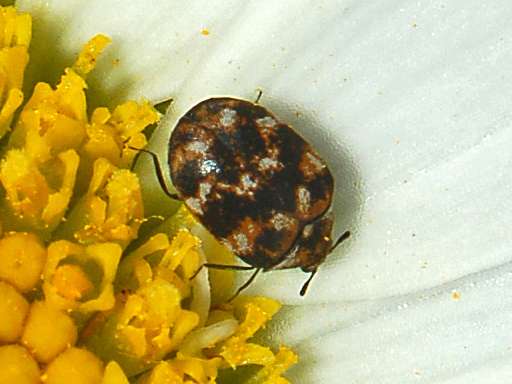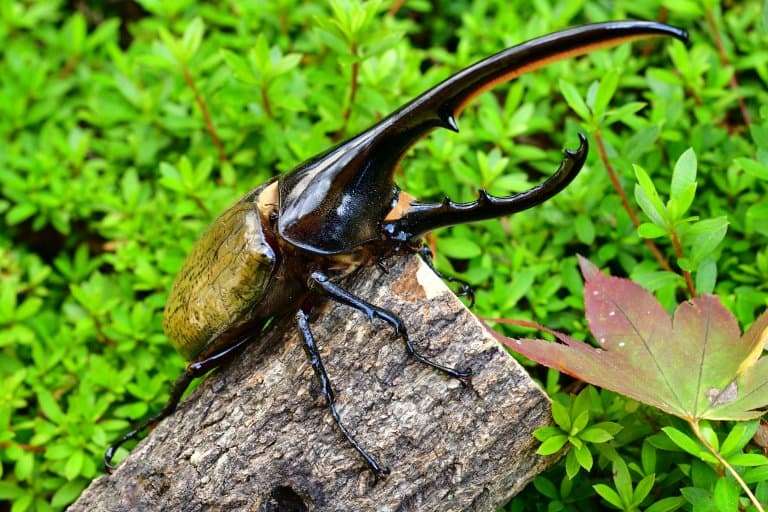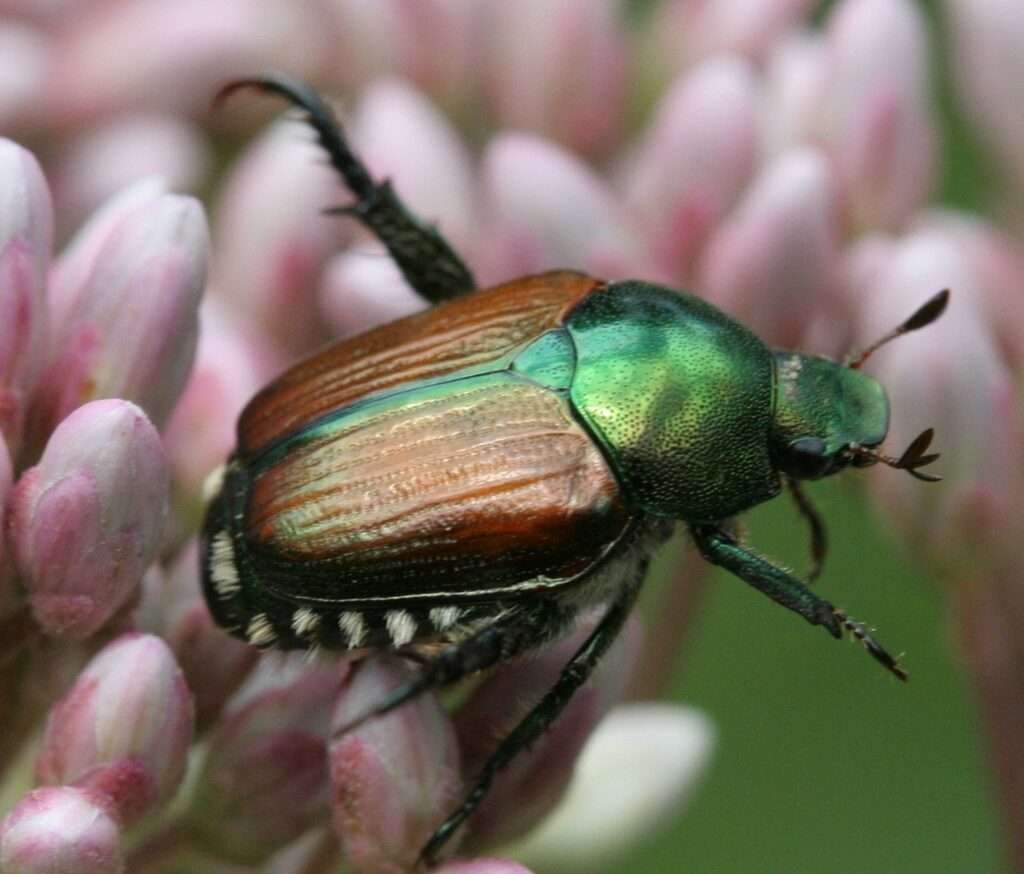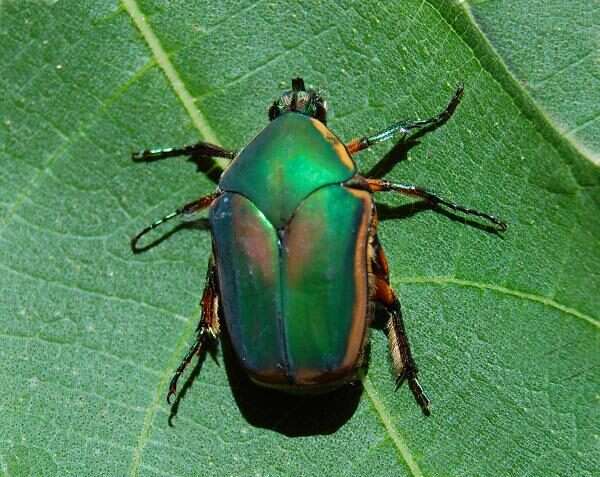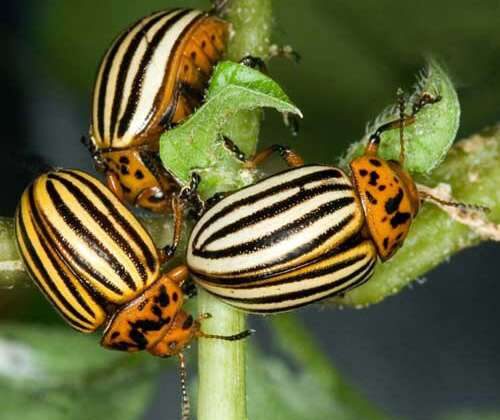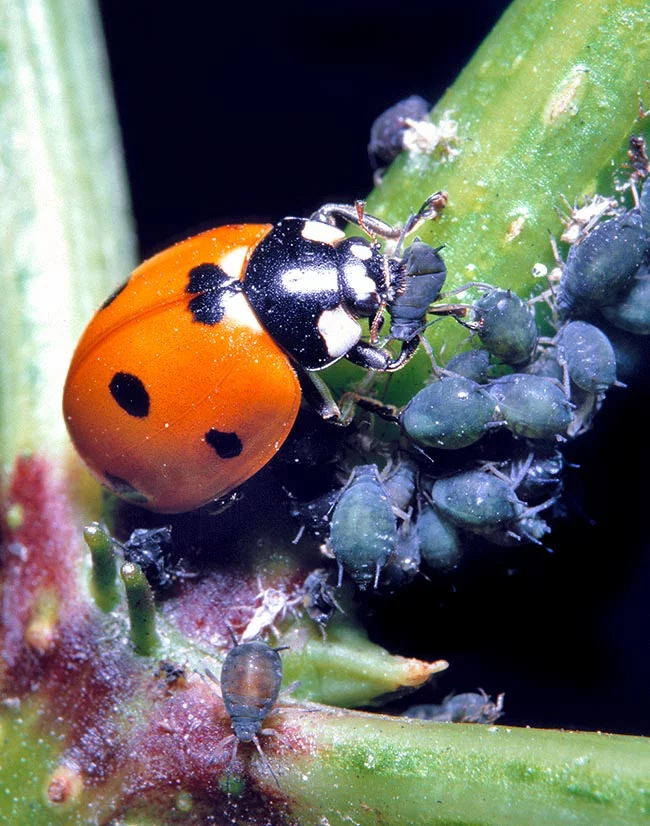Mountain Pine Beetle
Western Canadian and American forests are home to the Dendroctonus ponderosae, a species of insect pest. In order to lay their eggs, the beetle digs tunnels under the bark of pine trees like the lodgepole pine and feeds on the inner bark of those trees. The mountain pine beetle typically prefers to attack sick or […]
Mountain Pine Beetle Read More »


